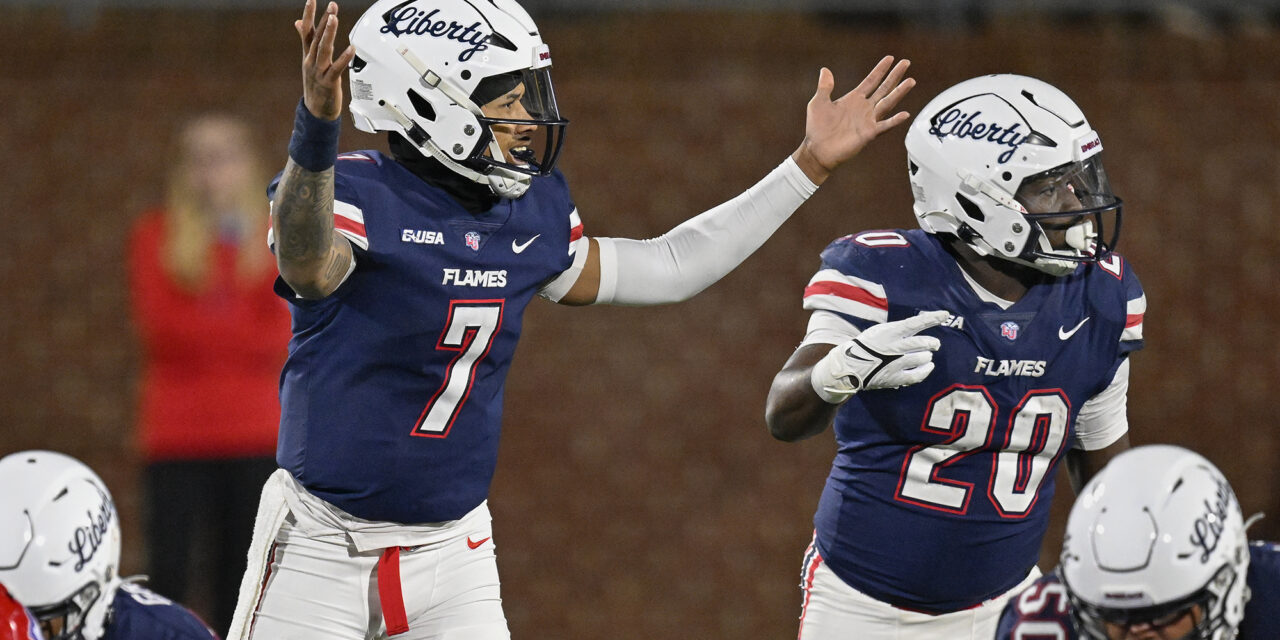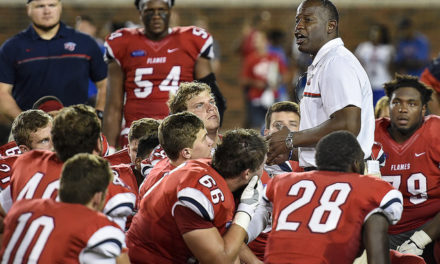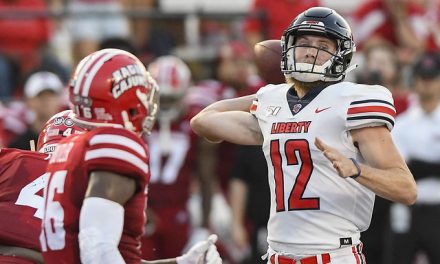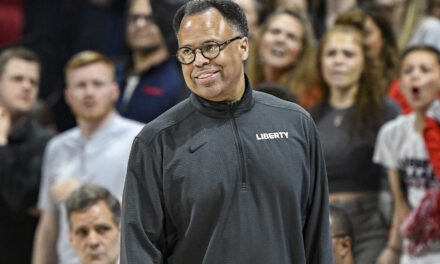In April, an NCAA rules panel approved a proposal that would allow college football teams to use wireless communication with players on the field through their helmet.
The move was a long time coming, but it was accelerated by the massive Michigan sign-stealing scandal, where coaches studied opposing teams’ sideline signals to gain an advantage.
Now, those play calls will not only be transmitted by yells or funny signs or hand signals from the sideline, but by headset.
The NFL has allowed coaches to communicate with their quarterback wirelessly since 1994, and started allowing one defensive player to have a headset in 2008.
College football, however, has lagged behind, so much so that quarterbacks often arrive in the NFL with trouble remembering and communicating lengthy play calls.
The issue with implementing the rule was always financial: in February, Steve Shaw, the NCAA rules committee’s secretary-editor, estimated it might cost as much as $40,000 per school, money smaller schools might not have to spare.
The NCAA went through headset trial runs in more than a dozen bowl games last year with several different configurations (including matchups where three players per side had headsets).
Now that the rule is in place, college football has taken a step into the future that will benefit its future pro athletes and potentially quicken the pace of the game.
Each team will be allowed to have one player on the field at a time with direct communication to coaches through his helmet, and that player will be identified with a green dot on the back midline of his helmet.
Communications will be closed with 15 seconds remaining on the play clock or when the ball is snapped, whichever comes first on a given play.
Liberty has confirmed it will use the new communication model this season and has been practicing with it throughout training camp. Offensive Coordinator Willy Korn talks with quarterback Kaidon Salter during team drills every practice as both get acclimated to it.
“That’s been a really cool weapon to play around with,” Korn said.
Korn explained that both he and Salter have played around with it some during the offseason to see what they like the best.
“We’re still going to signal some stuff in,” said Korn. “We’re using it every single practice. Every time we are doing a team portion of practice, we have access to communicate directly to him.”
The prospect of instant communication means offenses can take the hurry-up offense to another level, forcing defenses to have to speed up their communication as well.
“There will be some certain reminders, maybe a protection check or something we need to go to,” Korn said of ways the Flames will utilize the new headsets. “There’s certain plays you want to get out of versus some of the looks (defenses) are giving us. Now you have the option of being able to do that.”
Korn is trying to find a happy-medium where he doesn’t rely on the helmet communication too much, but instead trusts his talented quarterback and offense to make plays on their own.
“It’s very enticing to use it often and talk a lot,” Korn said. “At the end of the day, what makes (Salter) special, what makes him great, is he has tremendous instincts. You have to let him play.”
Teams across the college football world are all starting at ground zero and innovating in their own ways for how they’ll utilize the new system. It’s no guarantee that all 12 of Liberty’s opponents this season will be utilizing the helmet communication. Korn is excited to be able to utilize it this season.
“Having that is going to be a tremendous weapon with our offense,” Korn explained, “and with (Salter), for sure.”










